Many organisations are dipping their toes in new-age technologies by heavily investing in AI and Machine Learning. However, that does not mean they are reaping the value of deeptech within their organisations.
Between 2022 and 2029, the global machine learning (ML) industry is projected to grow at a compound annual growth rate (CAGR) of 38.8%. Additionally, over 82% of companies leverage machine learning models to enhance productivity within their organizations.
As per studies, 90 % of all AI/ML models never make it into production. The reason is the lack of the right leadership to lead MLOps implementation, which is instrumental for the success of these projects.
MLOps or Machine Learning Operations (MLOps) allows organisations to alleviate many of the issues on the path to AI with ROI and ensures your business derives the most value from your AI/ML investments.
The PG Level Advanced Certification Programme in AI & MLOps aims to help
professionals build capabilities to lead new-age projects that are heavily dependent on AI/ML.
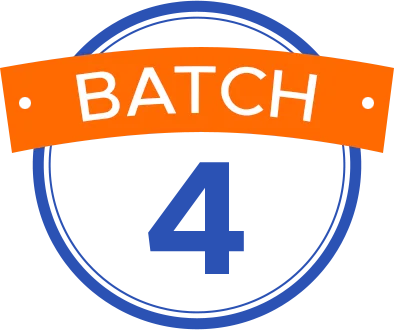
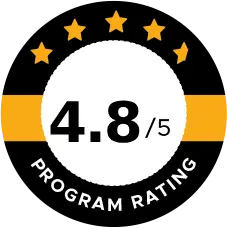
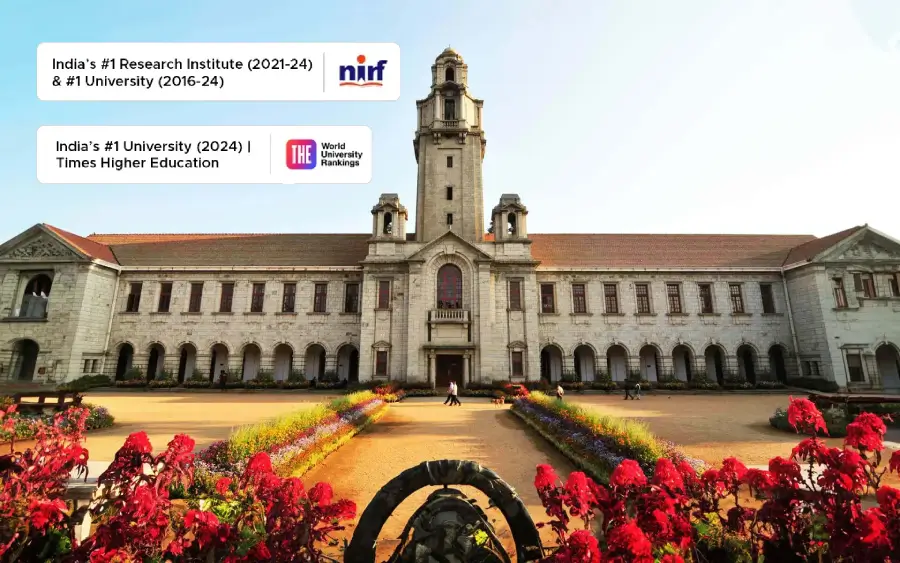






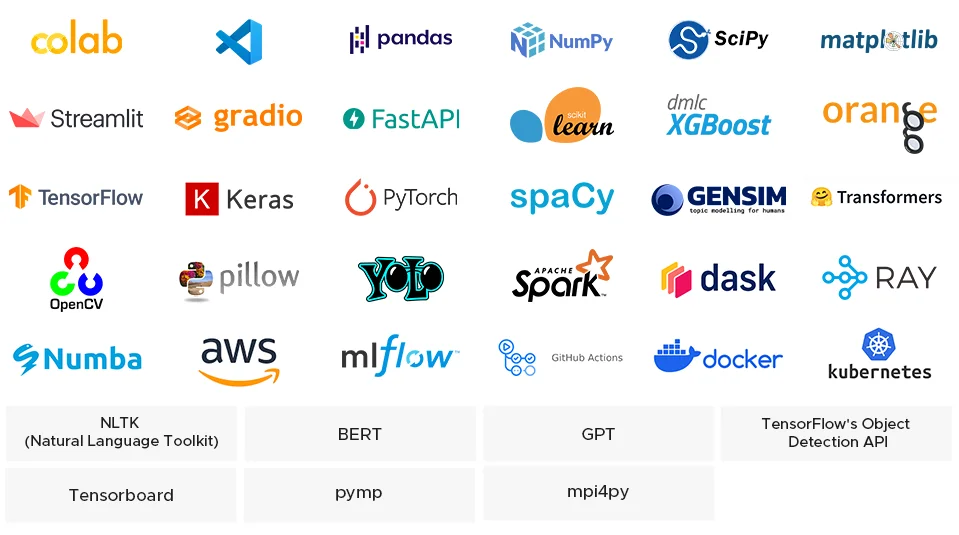
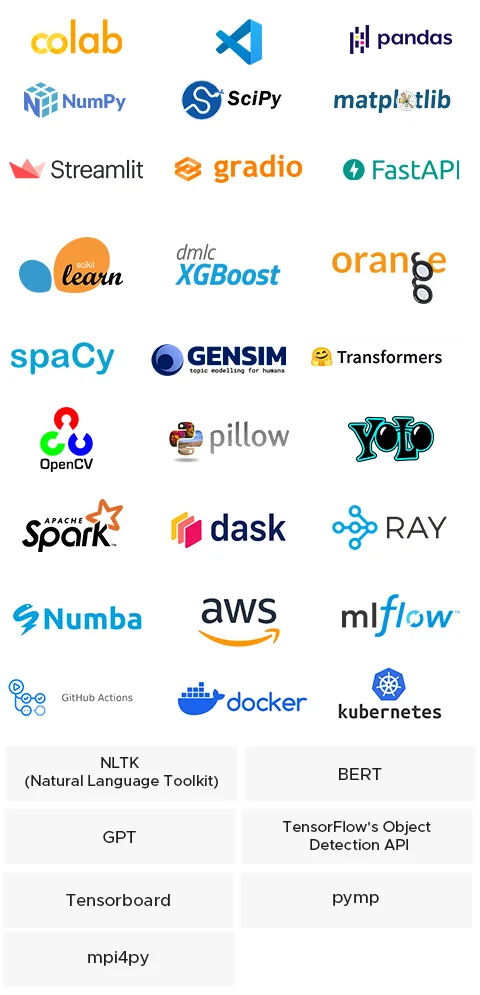




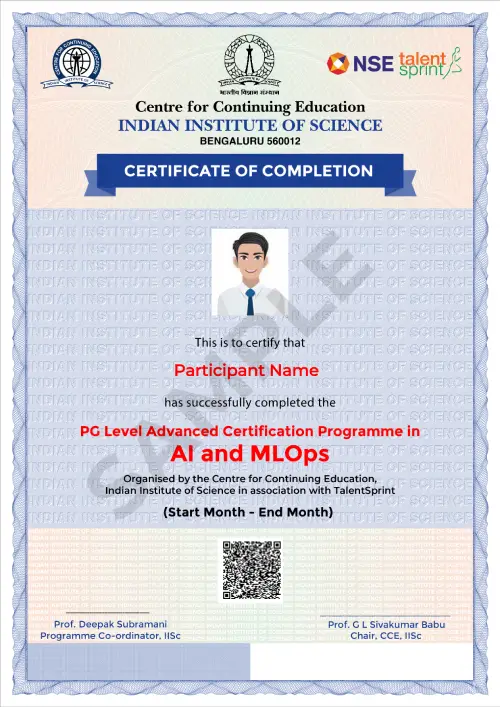
 Check my eligibility for the scholarship
Check my eligibility for the scholarship Internet
Internet Credit/Debit
Credit/Debit UPI
UPI


